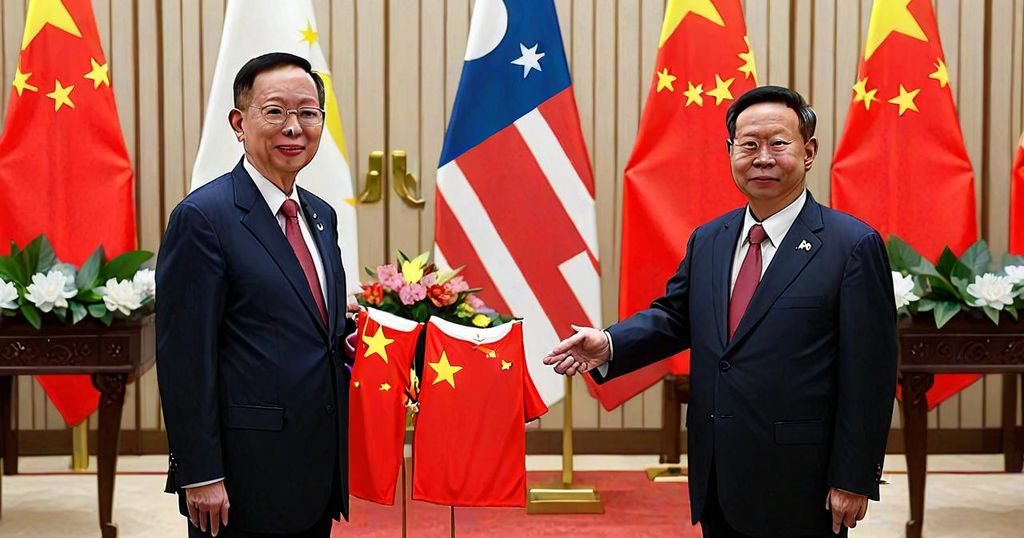Following a tense standoff last month at a disputed shoal in the South China Sea, the Philippines and China have agreed to “de-escalate tensions,” as reported by Philippine officials after the two countries held bilateral talks. During the 9th Bilateral Consultation Mechanism on the South China Sea, Foreign Affairs Undersecretary Ma. Theresa Lazaro met with Chinese Vice Foreign Minister Chen Xiaodong in Manila.
In a statement released by the Philippine Department of Foreign Affairs, it was mentioned that the two sides had a “frank and constructive discussion on the situation in the South China Sea.” Both countries affirmed their commitment to de-escalate tensions without compromising their respective positions. Despite this, Lazaro emphasized to Chen that Manila would remain relentless in protecting its interests, as well as upholding its sovereignty, sovereign rights, and jurisdiction in the West Philippine Sea, the name used by Manila for the waters within its exclusive economic zone.
During the talks, Lazaro and Chen committed to implementing a “maritime communication mechanism” between their countries’ coast guards and to form a joint committee to discuss such incidents. However, no further details were provided on this point, and a joint press conference was not held by the two senior diplomats after their meeting.
The negotiations in Manila came after a dramatic standoff between Filipino servicemen and Chinese coast guard personnel at Second Thomas, or Ayungin, Shoal on June 17. It was during this confrontation that a Philippine navy sailor lost a finger. The incident prompted growing international support for the Philippines, with U.S. President Joe Biden stressing that the South China Sea should be “free and open,” where local fishermen can operate without coercion from other countries.
On the other hand, China reiterated its position that Manila’s resupply missions to a Philippine military outpost at the shoal violate its jurisdiction, despite the reef being located within the Philippines’ exclusive economic zone. Chinese foreign ministry spokeswoman, Mao Ning, stated that the Philippines needs to stop its infringement activities and provocations, and return to resolving differences through dialogue and consultation.
With tensions remaining, the two countries have apparent differences that they need to address. Nevertheless, the commitment to de-escalate tensions and the establishment of a maritime communication mechanism are steps toward ensuring peace and stability in the South China Sea. As the situation develops, it will be essential for both countries to uphold the rule of law and continue to engage in dialogue to resolve their disputes.
In conclusion, the recent bilateral talks between the Philippines and China have shown progress in managing the situation at sea. With the involvement of like-minded partners and international support, there is hope for finding solutions to the ongoing tensions in the South China Sea. While challenges persist, continued diplomatic efforts can lead to the peaceful resolution of disputes in the region.

Leave a Reply